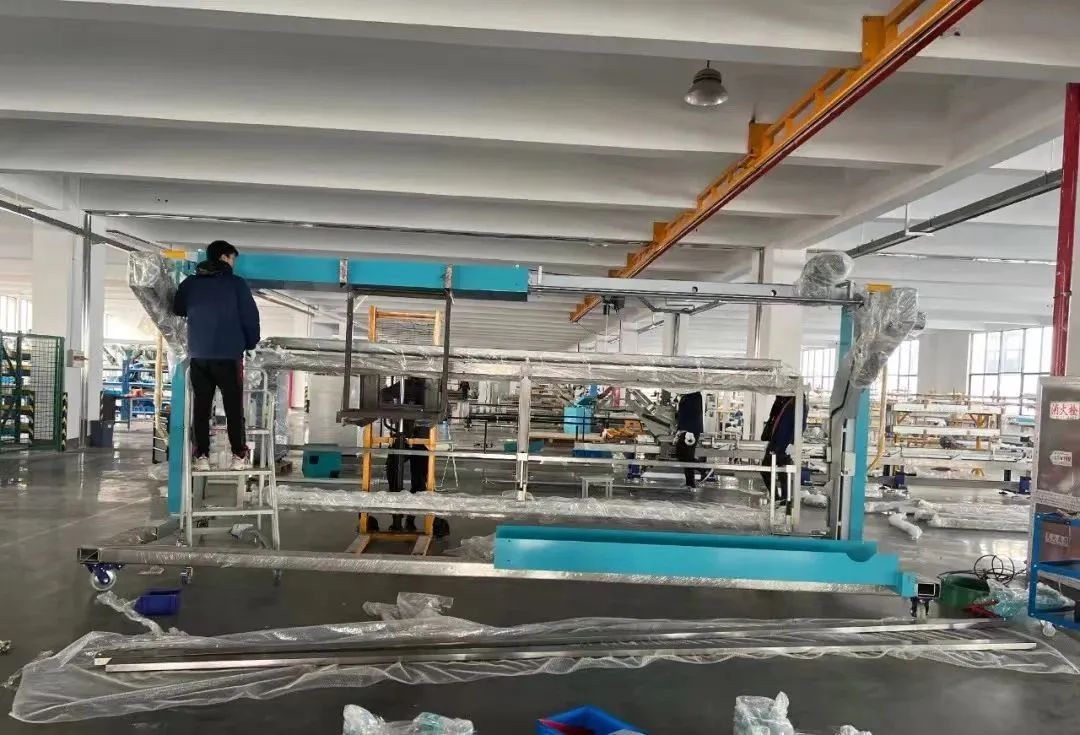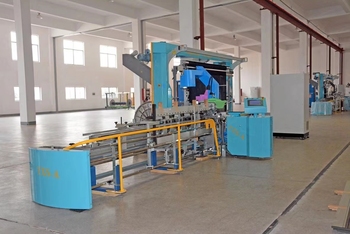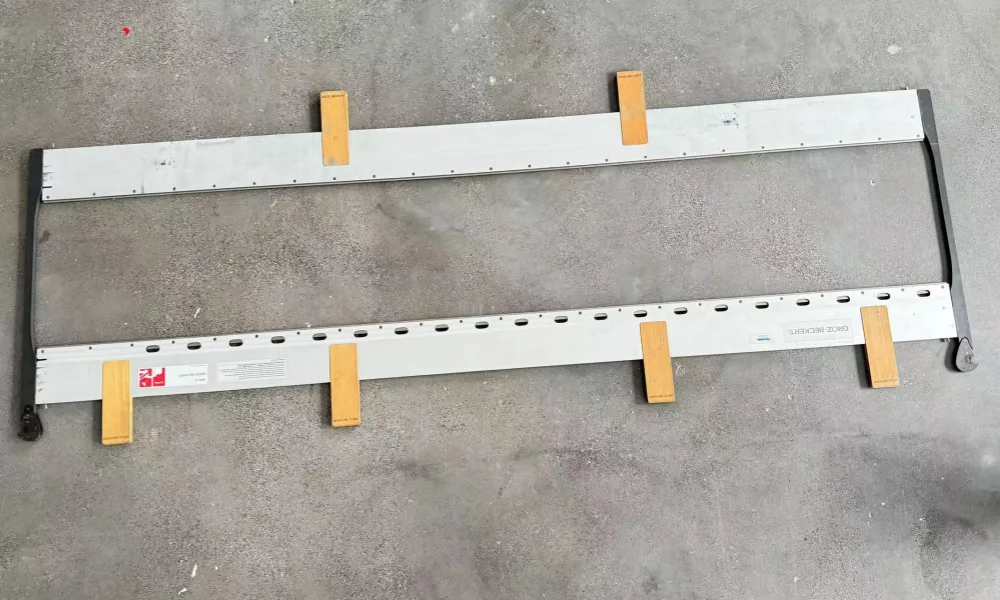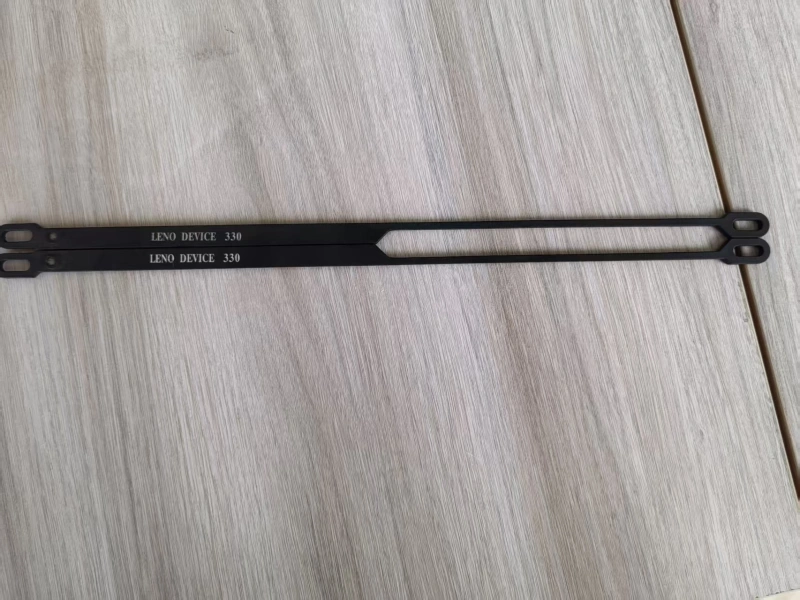The Indispensable Role of Automatic Drawing-In Machines in Enhancing Chinese Textile Core Competitiveness
2025-01-16
In the rapidly evolving landscape of the global textile industry, the core competitiveness of Chinese textiles is increasingly reliant on advanced technology. Among the innovations that have significantly contributed to this competitiveness is the automatic drawing-in machine. This sophisticated equipment plays a crucial role in streamlining production processes, enhancing efficiency, and maintaining high-quality standards.
Automatic drawing-in machines are designed to automate the labor-intensive process of drawing warp threads through the heddles and reed of a loom. This automation not only reduces the time and labor costs associated with manual drawing-in but also minimizes human error, ensuring consistent quality in the final product. As the demand for high-quality textiles continues to rise, the ability to produce fabrics quickly and accurately becomes a vital asset for Chinese textile manufacturers.
Moreover, the integration of automatic drawing-in machines aligns with the broader trend of digitalization in the textile industry. By adopting such technologies, Chinese manufacturers can improve their production capabilities, respond swiftly to market demands, and maintain a competitive edge against international rivals. This technological advancement is particularly important as the global textile market becomes increasingly saturated and competitive.
Furthermore, the use of automatic drawing-in machines supports sustainable practices within the textile industry. By optimizing resource utilization and reducing waste, these machines contribute to more environmentally friendly production processes. This aspect is becoming increasingly important as consumers and regulatory bodies place greater emphasis on sustainability.
In conclusion, the automatic drawing-in machine is not just a technological advancement; it is an indispensable tool that enhances the core competitiveness of the Chinese textile industry. By embracing such innovations, China can continue to lead in the global textile market, ensuring that it meets the demands of both quality and sustainability in an ever-changing landscape.




